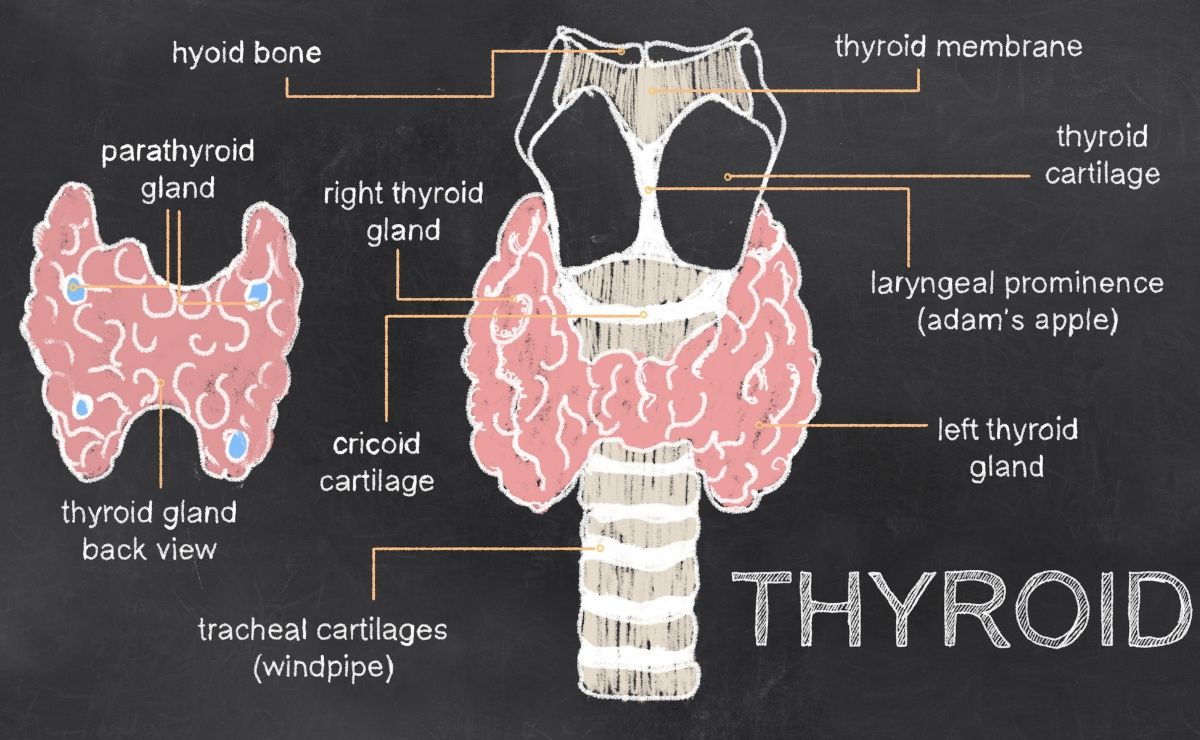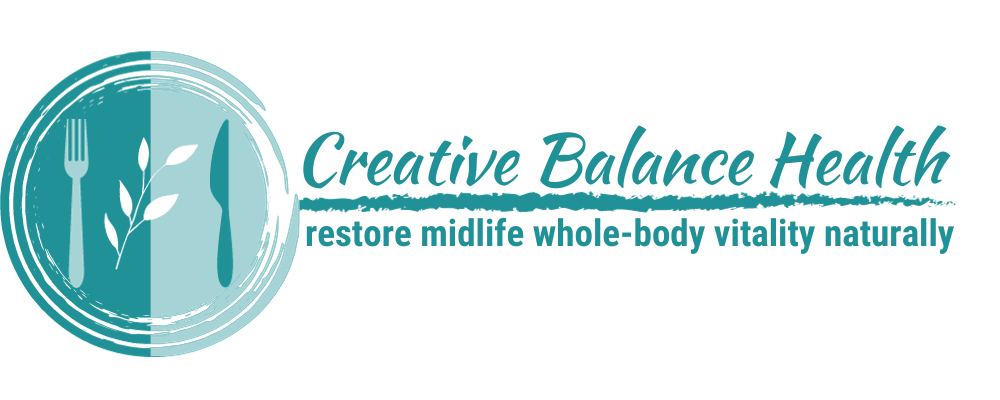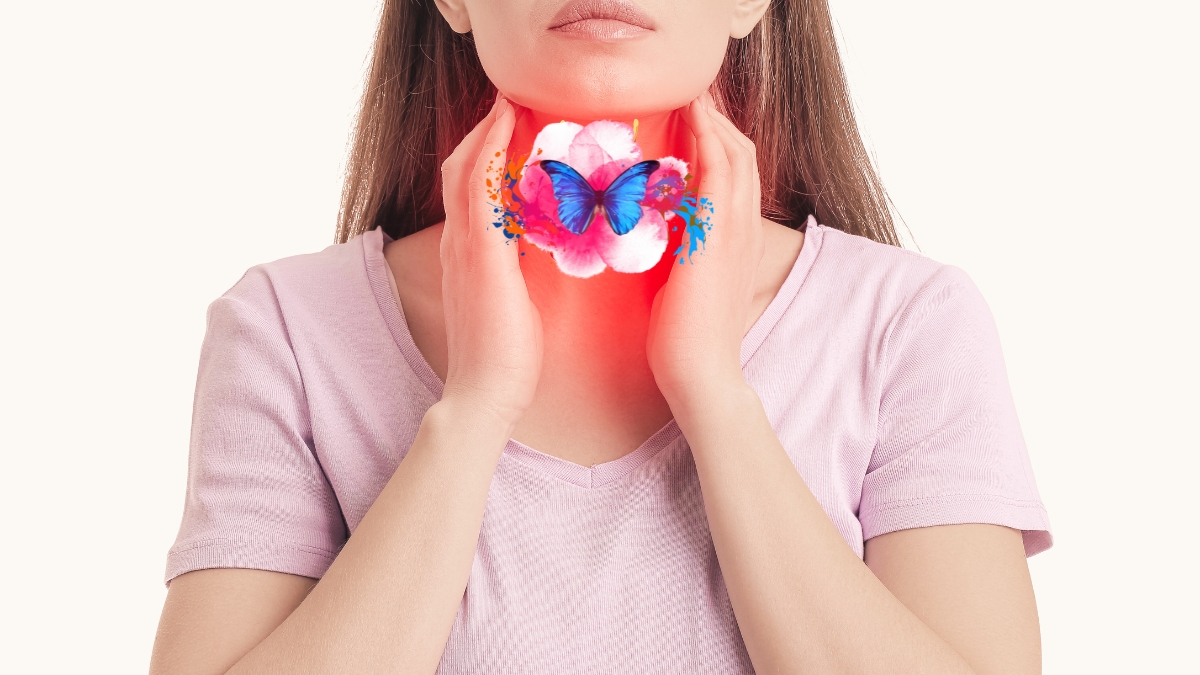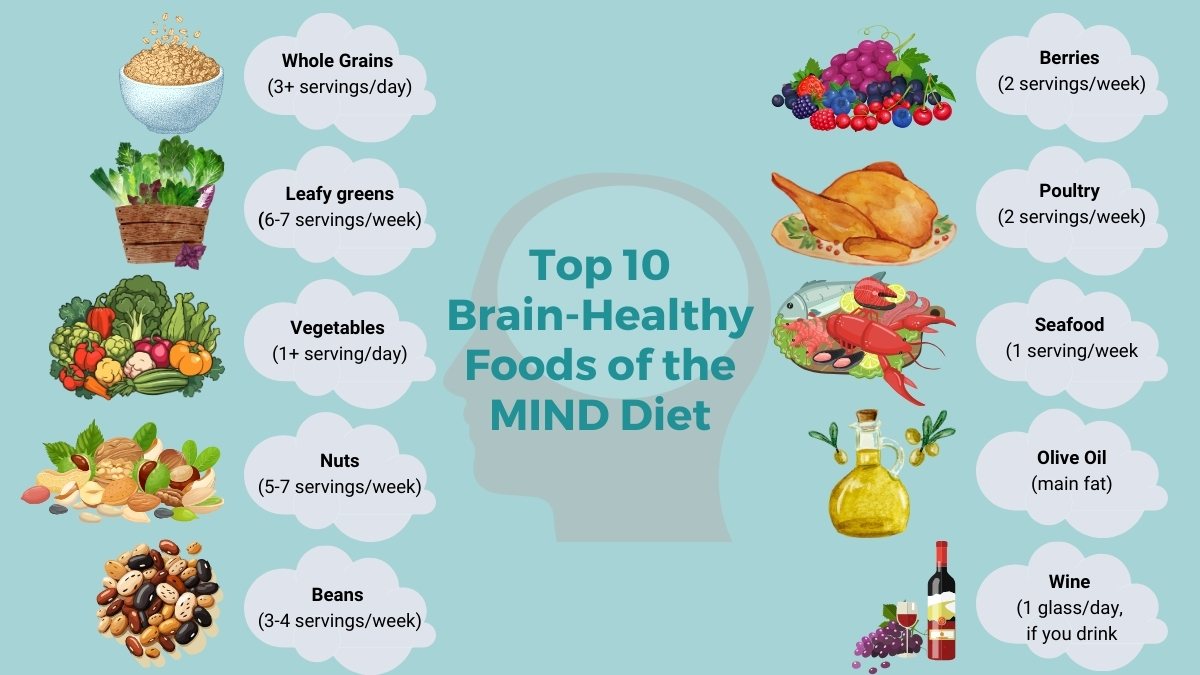My thyroid disorder journey: The 3 steps that helped me recover.
Did you know that 1 in 8 women are estimated to eventually develop thyroid disease, including conditions like hypothyroidism, Graves’ disease, or Hashimoto’s? This is according to the American Thyroid Association.
In addition, women are 5-8 times more likely than men to develop a thyroid condition.
Most alarming, up to 60% of those with thyroid disease, a significant health concern, are unaware of their condition.
These statistics on thyroid disease hit very close to home for me, as the women in my family developed hypothyroidism, a common form of thyroid disease, and I was also eventually diagnosed with it in my 40s.
January is Thyroid Awareness Month, a crucial time to discuss thyroid disease. My own personal recovery experience from thyroid disease helped me understand the vital impact of good thyroid health on our overall well-being.
My hypothyroid disease diagnosis later in life came as a shock given my thyroid stimulating hormone (TSH) level had been tested several times each year since I was a teen due to my family history, and the results always came back as “normal”. I chalked this up to my clean diet and healthy lifestyle and figured hypothyroid disease luckily had skipped me and I’d nothing to worry about. I’d recently had my regular blood panel, including TSH, run by my family practice physician and was given a clean bill of health. Or so I thought.
The thing was, I hadn’t been feeling or looking like my normal fit self for some time, which was why I had made the appointment with my doctor in the first place. I was starting to notice weird symptoms that I thought were not connected, but looking back clearly pointed to thyroid disease affecting my health…
- I was suddenly gaining weight and belly fat, despite my healthy diet and regular exercise at the gym.
- I felt weak and weighed down during my usual workouts and hikes, and it would take me hours to recover from feeling so wiped out.
- A common sign of thyroid disease, my hands and feet were numbingly cold all the time, with a lack of sensation in my toes even in warm weather.
- My eyes had become so sensitive to the light that I had to wear two pairs of extra dark sunglasses and a hat in order to drive during the day.
- I couldn’t maintain my focus at work and had a hard time remembering things and articulating my thoughts at the tip of my tongue.
- My necklaces had become very snug around my neck. The area near my throat was now very sensitive to touch and swallowing was more difficult.

I simply didn’t feel or look like myself!
I had been told that at age 45, I was “just getting older, and this was to be expected.” However, there was a little voice inside telling me something just wasn’t right. I had a lot of professional and personal responsibilities and not being able to function at my best was just not an option!
In the past increasing the intensity and frequency of exercise and reducing carbs and portion sizes helped me to quickly and easily lose any extra weight, especially after both my pregnancies. But now those same strategies weren’t working at all. I ignored the signs at first, but I had gotten to a point where I was extremely uncomfortable and embarrassed with how looked.
I was frustrated by the lack of explanation I was getting and couldn’t stand it any longer!
It was only after a chance conversation with a naturopathic doctor at a social event that all of my odd symptoms started to make more sense. She took one look at me and delicately asked me out of the blue how long I had been hypothyroid! I was a bit taken aback since I had been tested for this so often and told her about my recent “normal” TSH test results. She then pointed out my tell-tale signs, including my round puffy “moon” face and disappearing eyebrows, and explained that testing thyroid stimulating hormone (TSH) alone was not a complete or accurate indication of a healthy thyroid.
Talk about an “Aha” moment!
I promptly had myself rechecked at her office that week with a more comprehensive and complete thyroid panel test.
The thyroid is a butterfly-shaped gland with two globes in your neck that sits below the Adam’s apple area in front of the windpipe. The thyroid secretes several hormones that help regulate your body temperature, growth, and metabolism controlling your heart, muscle, and digestive functions. This little gland does a lot!

It turned out that up to this point, only my thyroid-stimulating hormone (TSH) level was ever checked and deemed “in the normal range”. Not a single doctor prior had run a complete and thorough thyroid panel that tested my triiodothyronine (T3) and thyroxine (T4) hormones separately, along with thyroid-stimulating immunoglobulin (TSI) and thyroid antibodies. When this was finally done it became clear that several of my markers were completely out of optimal functional range and explained all of the weird symptoms I was dealing with.
Now with the right tests, I finally got the answers I needed, and everything started to make more sense!
Unfortunately, this problem of doctors not testing thyroid function thoroughly is all too common. Without the right lab tests or resources, and as statistics show, most women don’t get their thyroid issues properly checked, diagnosed, and under control as quickly as I eventually did, if ever.
Typically, those who are diagnosed with thyroid disease are often prescribed synthetic thyroid medication, such as Synthroid, which may provide some relief but may not address complete thyroid function nor solve the underlying contributors of the problem. In fact, medication can become less effective over time as the thyroid continues to deteriorate as a result of the root problem not being addressed.
This “just take a pill” approach was what happened to me over the next 3 years, but I still wasn’t feeling like myself. Plus, I had to deal with weird side effects from the medication, like heart palpitations and my hair coming out in clumps – not ideal!
Out of a passion for holistic health born from my frustrations with my mainstream medicine experiences, I decided to make a career change and go back to school to become certified as a Functional Diagnostic Nutrition® practitioner. With this knowledge, I finally understood what the underlying contributors to my hypothyroid condition were. I became empowered with the diet and lifestyle strategies I could now apply to help myself to recover.
Gratefully it worked!
Within 9 months I had lost all of my extra weight, my hair became shiny and full, I could ditch the extra sunglasses and hat, and I felt re-energized and sharp-minded again. New results from my thyroid panels showed my thyroid was now functioning optimally, and eventually, I was even able to get off of my thyroid medication, under my physician’s supervision.

Medication doesn’t address why you might have low thyroid hormone in the first place, and if you have an autoimmune disorder it doesn’t stop the body from attacking healthy tissue; that’s simply not the mechanism of thyroid medication. However, it’s important to never stop taking any prescribed medication without your doctor’s approval.
Although the statistics for being diagnosed with a thyroid disorder are high, it’s not a death sentence.
The good news is, there are steps you can take to support your thyroid health and avoid becoming another thyroid problem statistic. In addition, this plan of action can help you take back control of your energy, weight, and digestive health so you can feel like yourself again.
Over this and the next blog post, I will share with you the three main action plan steps I took that worked for me and I continue to take today, and that I guide my clients through, to support and restore thyroid function naturally.
The majority of thyroid disorders are a result of your lifestyle choices or factors such as:
- Foods you choose to eat
- Quality and quantity of sleep
- Frequency and intensity of the exercise
- How you deal with stress and emotions
- Toxins you’re exposed to and your body’s capacity to detox them
- Other underlying hormone imbalances, a sluggish liver, poor digestion, and an overwhelmed immune system
Often, it’s not just one thing that triggers a thyroid issue, it’s a combination of factors over a period of time that disrupt the natural balance of your body and ultimately your thyroid. Even though I have a genetic history of hypothyroidism, my healthy lifestyle helped me to avoid getting the disease in my teens or early 20s like my mother and other women in my family did.
However, in my mid-40s I was going through a long period of extreme stress due to a contentious divorce, taking care of my father with Alzheimer’s, dealing with an emergency family crisis, and trying to manage a business all while raising two teens at home by myself … Well, you get the idea – life as a middle-aged woman! Yikes, and no wonder! With the accumulated stress, my body eventually succumbed to thyroid disease, triggering my hypothyroidism.
You can take back control of your health from thyroid disease!
At first, the list of contributing factors might seem daunting, make you feel guilty about the choices you have made, or leave you wondering where to even start; BUT the silver lining is that with a little education, the right lab tests, and resources, you can step-by-step take back control of your thyroid health.

Read on as I share the 1st big step I took to improve my thyroid health. This helped me to feel and look like myself again and has also helped others to do the same.
Thyroid Recovery Step #1 – Get the Right Tests to Know Your Numbers!
To properly evaluate for thyroid disease, it’s crucial to know all your thyroid numbers, not just TSH and parts of T4 or T3. Thyroid Stimulating Hormone (TSH) is produced by the pituitary gland to “stimulate” the thyroid. It tells you if the pituitary is having to work hard or not to kick the thyroid into gear but leaves a lot to be examined about what is actually going on with thyroid function.
Thyroid hormone T4 is produced by the thyroid and then converted into T3 primarily in the liver and gut, and then in various other tissues. Total T4 and T3 represent bound hormones (not available for use) versus Free T4 and T3 represent the unbound or active forms available for use. Reverse T3 prevents Free T3 from attaching to your cells (inhibiting its effects).
Thyroxine-binding hormone (TBG) binds to your thyroid hormone so it can move through the bloodstream. Thyroid antibodies, Thyroid Peroxidase (TPOAb), and Thyroglobulin (TG Ab) indicate if the body is attacking its own thyroid tissue, defined as an autoimmune response and commonly referred to as Hashimoto’s disease.
Now, can you see why thyroid function is complicated and it’s important to know all of these numbers? How can anyone fully understand the big picture of all that is going on with your thyroid if they only look at just one or a few of these critical markers?
Just as important, don’t be fooled by conventional thyroid test reference ranges. The ones that lead to you being told “everything is normal” when you feel so crummy. These old reference ranges, unfortunately still being used by mainstream medicine, were established based on people with existing thyroid disorders. Back in 2002, the National Academy of Clinical Biochemistry even acknowledged that thyroid reference ranges were probably “skewed by the inclusions of persons with occult thyroid dysfunction” – yet little has been done to update them.

Don’t be fooled by conventional thyroid reference ranges!
The bottom line… Most conventional test ranges are based on the average results of an unhealthy population. While that unfortunately may be our new “normal”, it’s certainly not a measure of our body’s optimal functioning.
Conventional ranges are very wide, and optimal ranges are much lower. In the functional medicine world, optimal thyroid reference ranges look something like this:
- TSH: 1-2
- Total T4: 6-12
- Free T4: 1.1-1.8
- Total T3: 120-180
- Free T3: 3.2-4.4
- Reverse T3: <15 or < than 10:1 ratio of RT3 to FT#
- TPO Ab: < 10
- TG Ab: < 20
Ask your doctor to run a full panel to include all of these markers, and if they won’t, find someone like me who will.
Stay tuned for Thyroid Recovery Steps #2 and #3 next week when I address managing the thyroid impacting factors you can and learning to tune into what your body needs.
References:
American Thyroid Association. https://www.thyroid.org/media-main/press-room/
Ahmed Waise, Hermione C Price. “The upper limit of the reference range for thyroid-stimulating hormone should not be confused with a cut-off to define subclinical hypothyroidism.” January 22, 2009 Volume: 46 issue: 2, page(s): 93-98
https://doi.org/10.1258/acb.2008.008113 Annals of Clinical Biochemistry: International Journal of Laboratory Medicine







